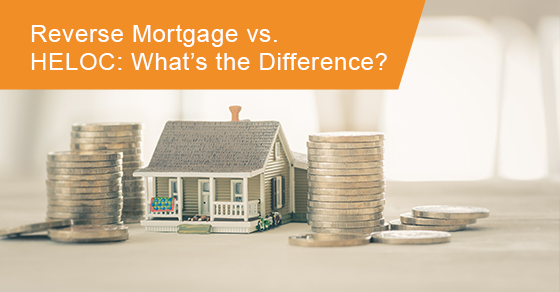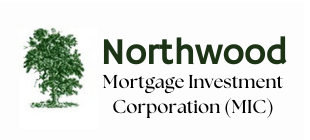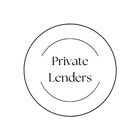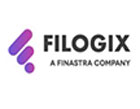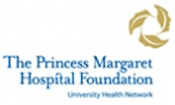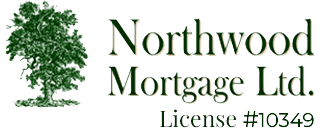If you’ve lived in your home for years, then its value has most likely increased significantly, and you’ve possibly got tens (if not hundreds) of thousands of dollars worth of equity in it. That equity can become yours, but you must understand how to get it.
Most people overlook their house equity, and they may thus be leaving huge money on the table. And if you’re in financial trouble, want to renovate your home, or need to support your family, then knowing about house equity can be a life-changer.
Still, how can you get your home equity?
In fact, there are mainly two ways to do that: HELOC (home equity line of credit) and reverse mortgage rates. They’re both used to obtain your home equity, but depending on your current situation, one could be better than the other.
Let’s compare both and see what makes more sense for your position.
HELOC
If you want to access your equity through a HELOC, you’ll access up to 80% of your home’s value (minus the amount you owe on your mortgage).
A HELOC is a revolving credit, which means you have access to the money, but you must pay monthly interest on the borrowed amount.
When accessing your equity through a HELOC, interests are lower because you use your property as collateral. As you pay off your HELOC loan, the amount you can borrow increases.
As well, unlike mortgages, there is no set repayment period, but you must make at least the minimum interest payment every month.
Reverse Mortgage
A reverse mortgage is similar to a HELOC, as it allows you to get your home equity as borrowed money. However, there’s one key difference.
The main distinction is that with reverse mortgage rates, you borrow money from your house equity, and you can choose not to pay your monthly mortgage payments until you decide to move or sell your home.
This way, the interest compounds while the total value of your home rises.
It sounds like reverse mortgage rates are a far better option, and they are. There’s a catch, though. There are several prerequisites to using reverse mortgage rates, such as:
- Homeowners of the property must be age 55 or over.
- All homeowners must apply for and sign the reverse mortgage rate papers.
- You must own your home, and it has to be free and clear of any mortgages.
HELOC and reverse mortgage rates are great ways to get more money from your property, but you must first learn about them in depth to take advantage of them.
The best way to do that is through mortgage specialists like Northwood Mortgage. We’ve been in the business for more than 30 years, and our team of more than 135 mortgage specialists will help you with all your mortgage issues.
Northwood Mortgage has helped hundreds of customers with their mortgage problems over the years and always strives for complete customer satisfaction.
Conclusion
Whether you choose a HELOC or are eligible for reverse mortgage rates, the most vital thing is that you understand both options exceptionally well.
Otherwise, you’ll stumble upon big problems with your house and bank.
To learn more about HELOC and reverse mortgage rates, contact Northwood Mortgage now at 888-492-3690 or click here.
